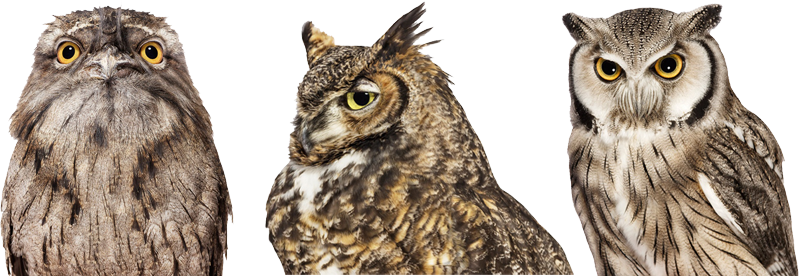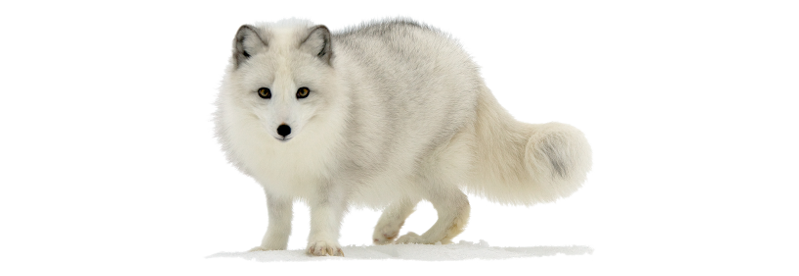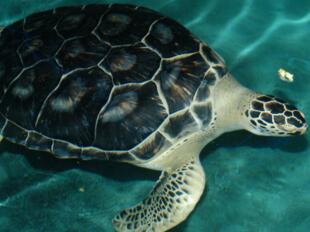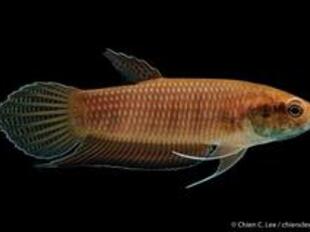Appearance
Geese are distinguished by their beak, which has a greater height than width at the base, and ends in a nail with a sharp edge. There are small denticles along the edges of the beak. Geese are distinguished by a medium-length neck (longer than that of ducks, but shorter than that of swans), rather high legs attached closer to the middle of the body than in ducks, and a firm bump, or spur, on the fold of the wing.
Feathers and down are highly developed. Males practically do not differ from females, the difference is only in the bone growth "hump" at the beginning of the beak at the bridge of the male's nose, as well as a slightly larger body size.
Distribution
The vast majority of geese live in the Northern hemisphere, they inhabit vast areas of forest and tundra zones in North America, Europe and Asia. Some species of geese live in Africa, South America, Australia.
Diet
They eat almost exclusively plant food, mainly green parts of plants and seeds. With the help of a beak equipped with sharp teeth at the edges, they pinch grass, cereals, cabbage, pluck leaves, berries, pods and ears. In addition to plants, some species also eat small vertebrates and insects.
Behavior
Geese live in meadow and swampy areas, some on the shores of the seas. They walk and run well; they fly fast, but they swim and dive worse than ducks. They spend much less time on the water than ducks and swans, most of their lives they spend on land.
Geese fly for wintering and nesting usually at night at high altitude, quite quickly.
Geese are gregarious birds, they stay in large groups, numbering several thousand individuals, during their winter quarters and during their flights. They also nest in colonies, but during this period each pair occupies its own plot, which protects it from its neighbors. The distance between the nests is from several tens to several hundred meters.
In a flock, geese are guided by the behavior and voice signals of their neighbors, which allows them to notice the danger in time.
Reproduction
Geese nest once a year, in tropical species breeding is timed to the rainy season, in northern species it begins in early spring. Geese arrive at their nesting sites early, when it is still snowing. After a couple of weeks, young birds form pairs, mating rituals are reduced to fights between males during which the birds grab each other by the neck with their beaks and beat their wings.
Geese are strictly monogamous birds, their pairs are preserved for life, even on wintering grounds, males and females stay together.
Geese nest in swamps, some in trees; the number of eggs is usually 6-12. The male does not take part in hatching eggs, it guards the female, and when the Chicks hatch, itwalks nearby, protecting the whole family.Goslings grow extremely quickly and in a month become on the wing.
Geese live in nature up to 20 years, in captivity, a record life expectancy of 80 years was recorded.
 Russian
Russian
 English
English























